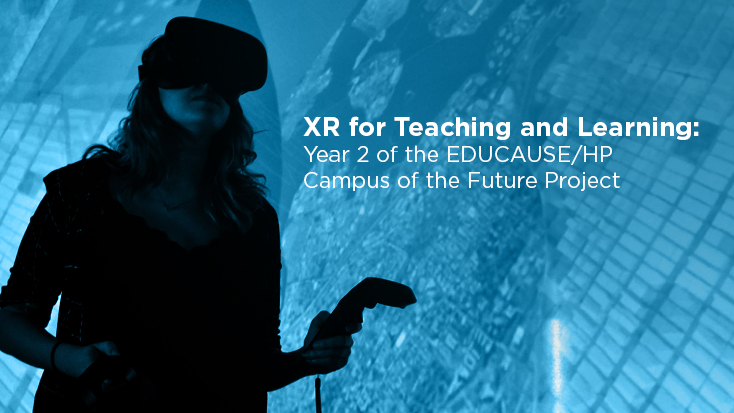From DSC:
Though we aren’t quite there yet, the pieces continue to come together to build a next generation learning platform that will help people reinvent themselves quickly, efficiently, constantly, and cost-effectively.





XR for Teaching and Learning — from educause
Key Findings
Upwork debuts The Upwork 100, ranking the top 100 in-demand skills for independent professionals — from upwork.com
Excerpt:
The Upwork 100 ranks the top 100 skills and sheds light on skills that are both quickly growing and also experiencing a high level of demand, providing an indication of current trends in the independent labor market and tech industry. It also serves as a barometer of the skills businesses are seeking and that independent professionals are providing by balancing real-time insights with consistent patterns based on real work that’s been completed.
DC: This type of feature will likely be a part of our future learning ecosystems; algorithms/spiders/etc searching for top needs &providing a menu of learning selections 2meet those needs (available 24×7). Next Gen Platform #LearningfromtheLivingClassroom https://t.co/yKnbKmyvgT
— Daniel Christian (@dchristian5) December 6, 2019

Canvas parent Instructure to go private in $2B deal — from educationdive.com by Hallie Busta
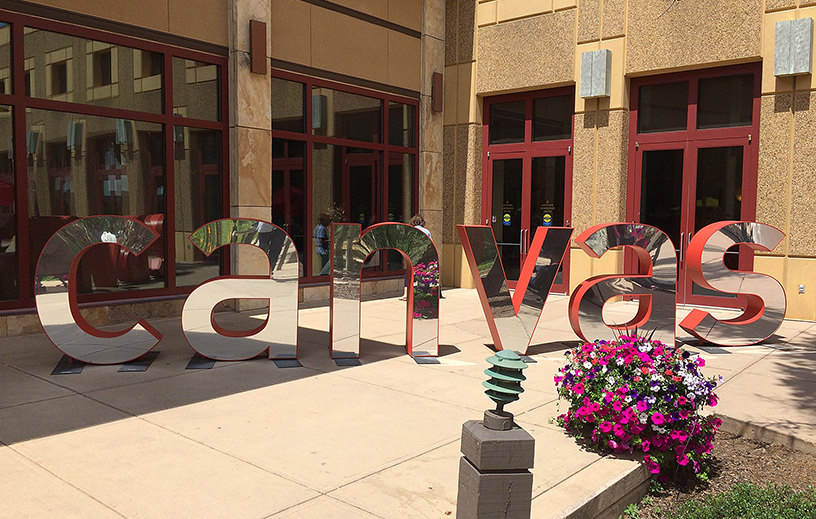
Also see:
2019 study of undergraduate students & information technology — from library.educause.edu
Excerpts:
Drawing on survey data from more than 40,000 students across 118 US institutions, this report highlights a number of important findings related to students’ technology preferences, supports, and experiences, with the goal of aiding technology and higher education professionals in improving student learning experiences and success.
…
But they want to be more than in-class spectators:
Figure 2. Student learning environment preferences for specific course-related activities and assignments
Recommendations
From DSC:
Well students…you might find that you have a major surprise ahead of you — as a significant amount of your future learning/training will take place completely online. Go ask some folks who have graduated about their onboarding experiences. Then go ask people who have been in the workplace for over a decade. You’ll see what I mean.
From DSC:
This posting is for those students who are studying Education in college and/or for those adult learners who are making a right turn in their careers to become teachers.
Don’t underestimate the learning potential in a hashtag on Twitter! Consider a few:
Look at the individuals and the organizations who are posting in those hashtags — then follow those who are contributing solid resources, ideas, thoughts, and content.
Rants and rAVes — Episode 919: Gary Kayye’s Take on UCC Interoperability and the Future of Videoconferencing — from ravepubs.com by Gary Kayye
The recent news of video interoperability between Cisco, Zoom and Microsoft has generated a lot of industry buzz. If you’re interested, listen to rAVe Founder, Gary Kayye’s take on where he thinks all of this is headed and why we need to pay attention to the upcoming ISE show in Amsterdam in February 2020.
Also see:
As video conferencing solutions proliferate, remote working continues to rise and the number of inter-company video conferences increases, a lack of system interoperability has become a major pain point for many users.
…
All this frustration could soon become a thing of the past, as Microsoft and Ciscoannounced this week that video interoperability will be available between Microsoft Teams and Webex Meetings and devices. What’s more, Microsoft has also announced it will support interoperability with Zoom. For the end user, this means that all these platforms will work together seamlessly. It’s a move that makes strong business sense for both Microsoft and Cisco and safeguards against any potential new disruptors.
Also see:
I’m proud to be part of team that’s designing the “classroom of the future” at The University of North Carolina at Chapel Hill:l (@UNC) #edtech #avtweeps @AVIXA Abd, YES, we will not only publish the AsBuilts but GIVE THEM AWAY for other colleges to copy! https://t.co/bhQgXXTmcT
— Gary Kayye (@gkayye) November 17, 2019
Amazon’s new Fire TV Blaster works with Echo to control your TV, soundbar, cable box and more — from techcrunch.com by Sarah Perez
Excerpt:
Amazon already offers Alexa voice control to TV owners through its Fire TV devices, by way of a voice remote or by pairing an Echo device with a Fire TV, for hands-free voice commands. Now, it’s introducing a new device, the Fire TV Blaster, which extends that same hands-free voice control to your TV itself and other TV devices — like your soundbar, cable box, or A/V Receiver.
That means you’ll be able to say things like “Alexa, turn off the TV,” or “Alexa, switch to HDMI 1 on TV.” You can also control the volume and the playback.
And if you have other TV devices, you can control them hands-free as well, by saying things like “Alexa, turn up the soundbar volume,” or “Alexa tune to ESPN on cable.”
From DSC:
How might such Natural Language Processing (NLP) / voice recognition technologies impact future learning experiences and learning spaces? Will we enjoy more hands-free navigation around some cloud-based learning-related content? Will faculty members be able to use their voice to do the things that a Crestron Media Controller does today?
Parenthetically…when will we be able to speak to our routers (to shut off the kids’ internet connections/devices for example) and/or speak to our thermostats (to set the temperature(s) quickly for the remainder of the day)?
This former Apple designer is taking on Amazon’s Twitch with $146 million and Fox’s backing — from fastcompany.com by Jeff Beer
Caffeine founder and CEO Ben Keighran talks about why live streaming is much more than gaming—it’s the future of TV.
Excerpt (emphasis DSC):
Live-streaming startup Caffeine, started by former Apple designer Ben Keighran, is emerging out of a two-year beta today and aims to overtake Amazon’s Twitch and Microsoft’s Mixer as the world’s leading live broadcasting platform. The official release version features a completely new design for its website and iOS and Android apps that combines editorial, algorithmic, and social connections to make it easier to discover live broadcasting from gamers, entertainers, and athletes, as well as create your own interactive broadcasts featuring live television content.
Twitch is the undisputed king of live-streamed gaming, but Keighran is betting that Caffeine’s more diverse focus to go beyond gaming—into entertainment and sports—will make it a more attractive place for both viewers and creators.
Keighran says another technological difference between Caffeine and Twitch is in its ease of use and quickness. “In just a couple of clicks, you can stream Red Bull 24/7 and be the commentator, you can stream Fortnite in one click, you can create an entertainment stream and talk about the new sneaker you just got, and you can do that all in one place,” he says. “And it’s all in real-time—there’s no delay in the video, whereas on Twitch, there’s up to a 60-second delay.”
From DSC:
Hmmm… social interaction. New platforms for streaming live content. Ability to comment and ask questions (i.e., audience interactions). Interactive chats.
Can we add learning-related experiences to the audiences and applications here?
A somewhat related item:
FTI 2020 Trend Report for Entertainment, Media, & Technology — from futuretodayinstitute.com
Our 3rd annual industry report on emerging entertainment, media and technology trends is now available.
KEY TAKEAWAYS
EdSurge joins ISTE to accelerate innovation in education — from iste.org
Excerpt:
BURLINGAME, Calif. – Two of the leading names in education technology – EdSurge and ISTE – are preparing to join forces.
The acquisition, which has been approved by both the ISTE and EdSurge boards of directors, will see EdSurge’s operations become part of ISTE. The expanded organization will offer teachers, education leaders and edtech innovators more services, ranging from education events to in-depth research, industry news, job matching and more. EdSurge will continue to publish independent news and analysis under the “EdSurge” name. The transaction is expected to be completed by the end of 2019.
We believe that by teaming up, we can exponentially advance the goal of keeping learning and students at the center of the conversation.
Betsy Corcoran, CEO, EdSurge
Also see:
Example products/awards:
Also see:
Announcing AI Business School for Education for leaders, BDMs and students — from educationblog.microsoft.com by Anthony Salcito
Excerpt:
…Microsoft’s AI Business School now offers a learning path for education. Designed for education leaders, decision-makers and even students, the Microsoft AI Business School for Education helps learners understand how AI can enhance the learning environment for all students—from innovations in the way we teach and assess, to supporting accessibility and inclusion for all students, to institutional effectiveness and efficiency with the use of AI tools. The course is designed to empower learners to gain specific, practical knowledge to define and implement an AI strategy. Industry experts share insights on how to foster an AI-ready culture and teach them how to use AI responsibly and with confidence. The learning path is available on Microsoft Learn, a free platform to support learners of all ages and experience levels via interactive, online, self-paced learning.
From DSC:
The other day, I put this post out there.
Now, I’d like to add to that information with information from Mr. Joseph Byerwalter, who pointed me to the following videos re: LEGO BOOST!
LEGO® BOOST lets children create models with motors and sensors, and then bring their creations to life through simple, icon-based coding commands. The free LEGO BOOST tablet app includes easy step-by-step building instructions for creating and coding multifunctional models.
P.S. I am not getting paid by LEGO or anyone else here.
I just think learning should be engaging and fun!


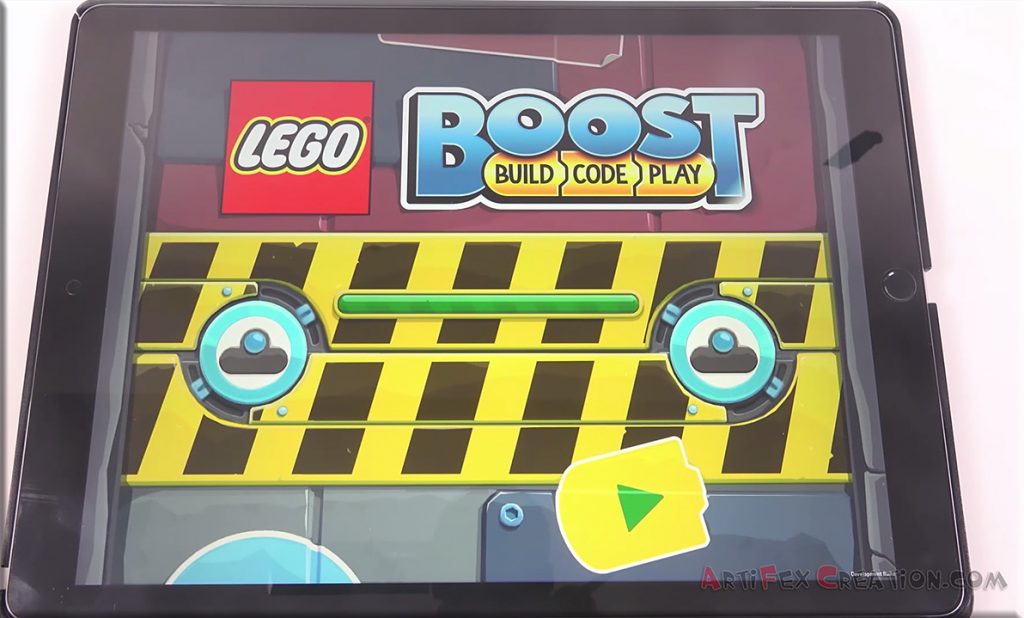
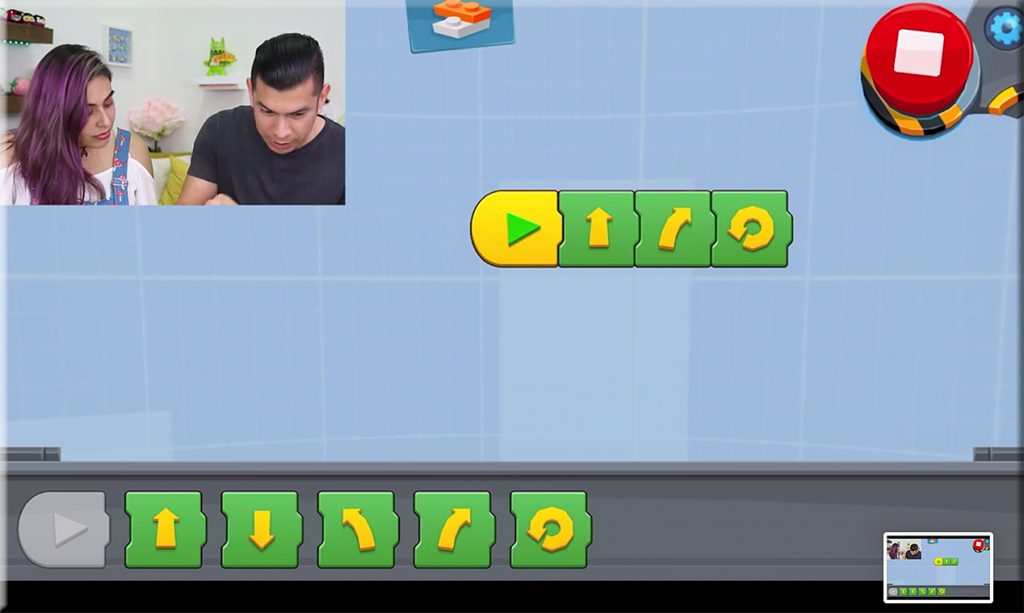
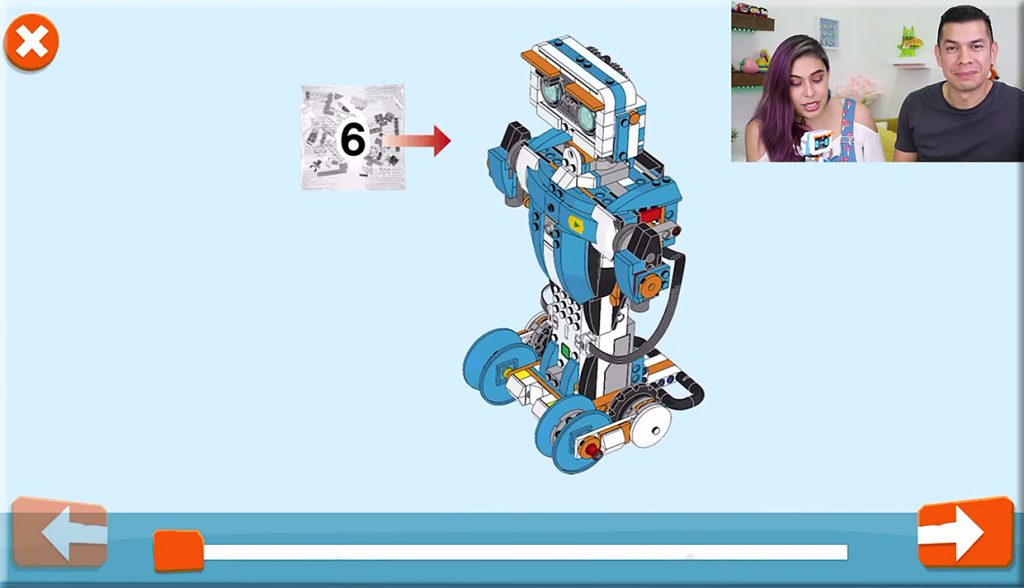
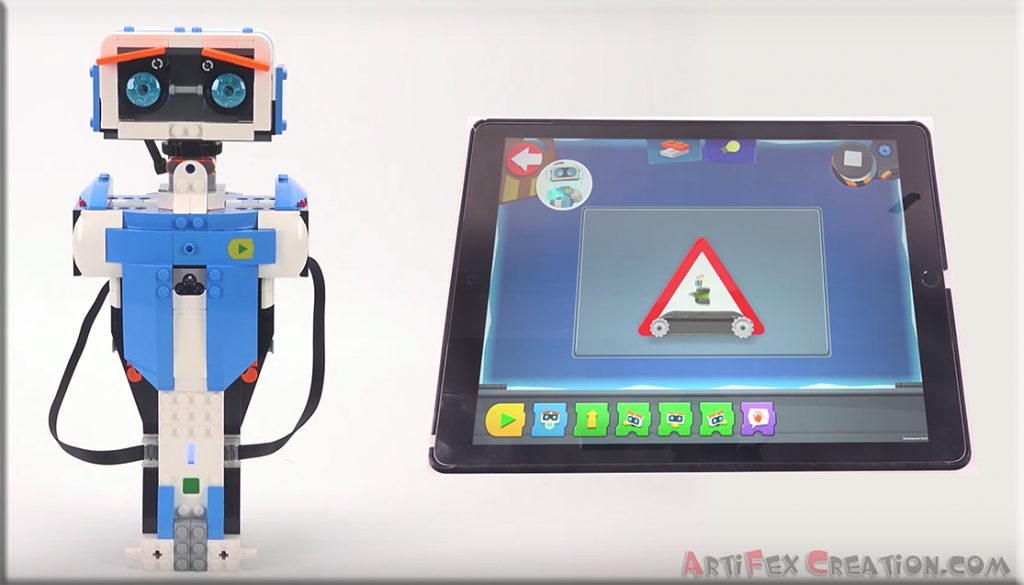
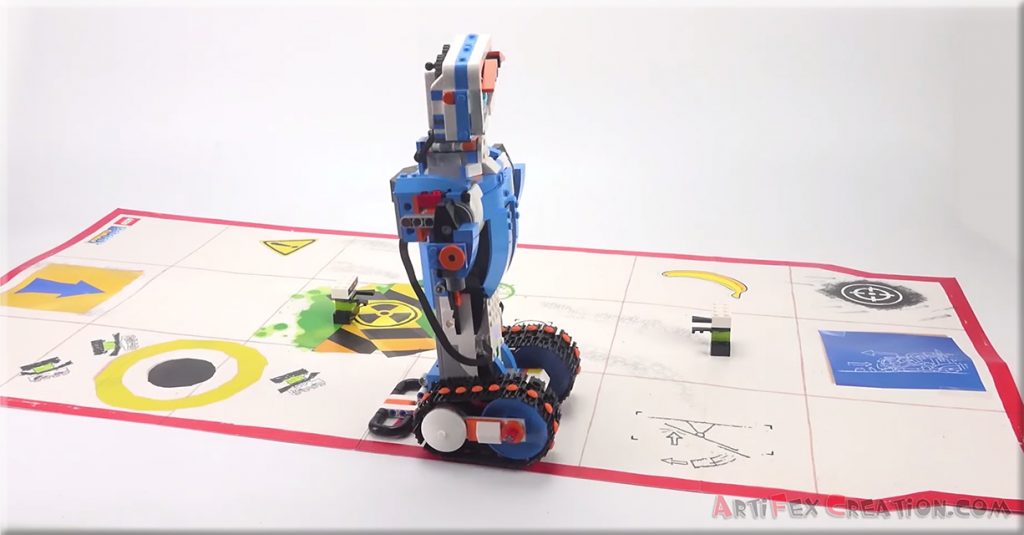
Addendum on 10/18/19:

